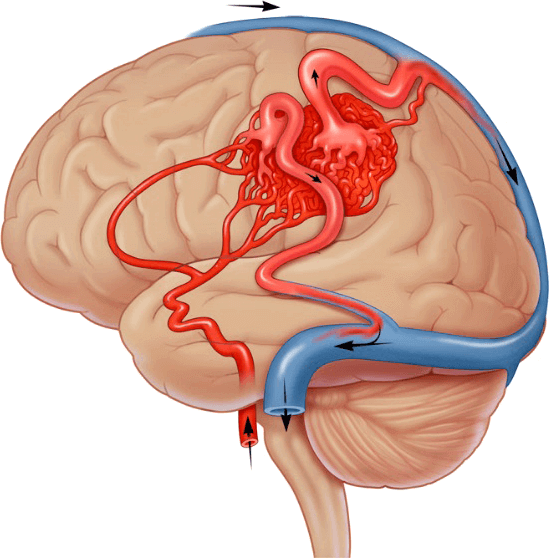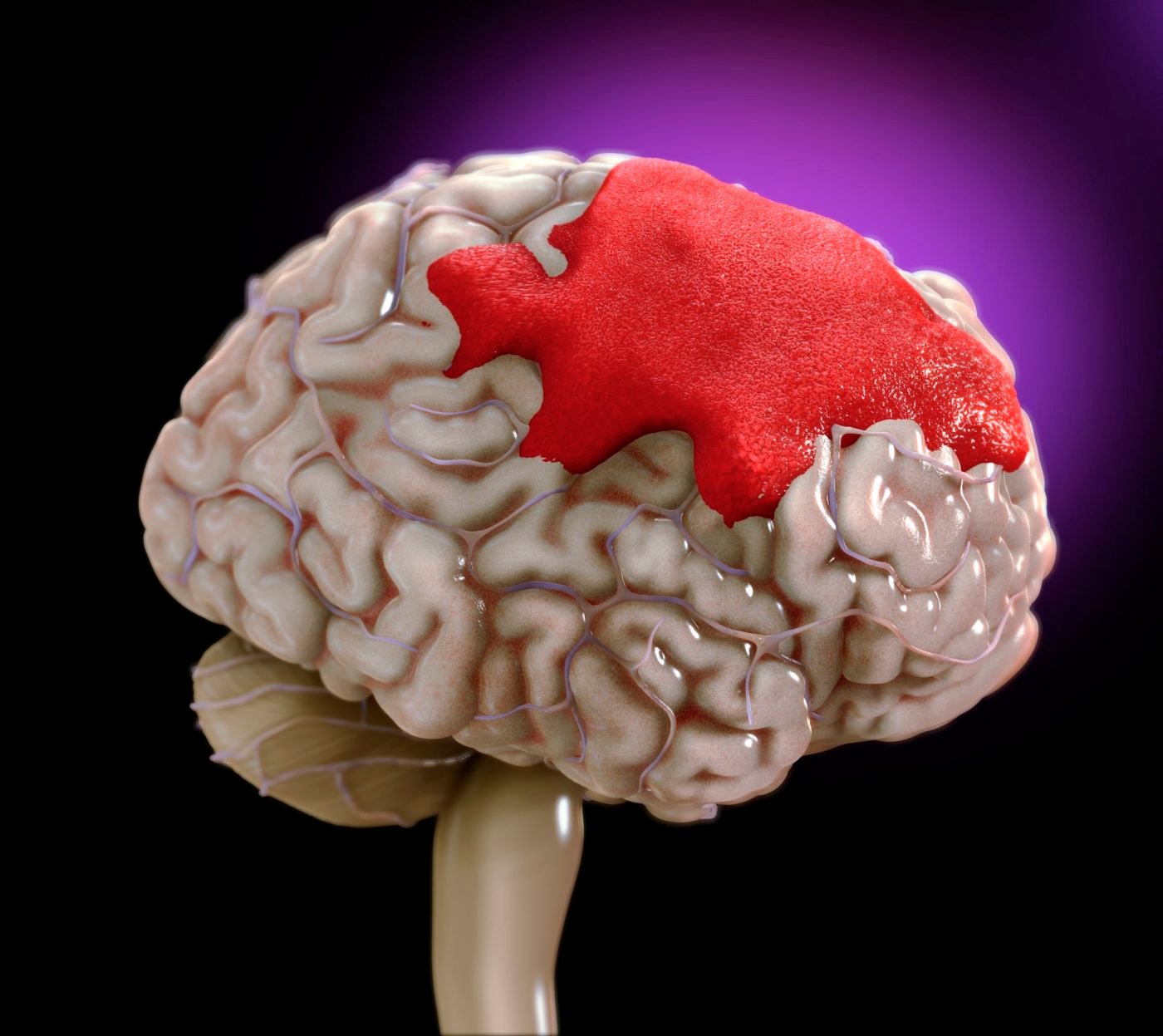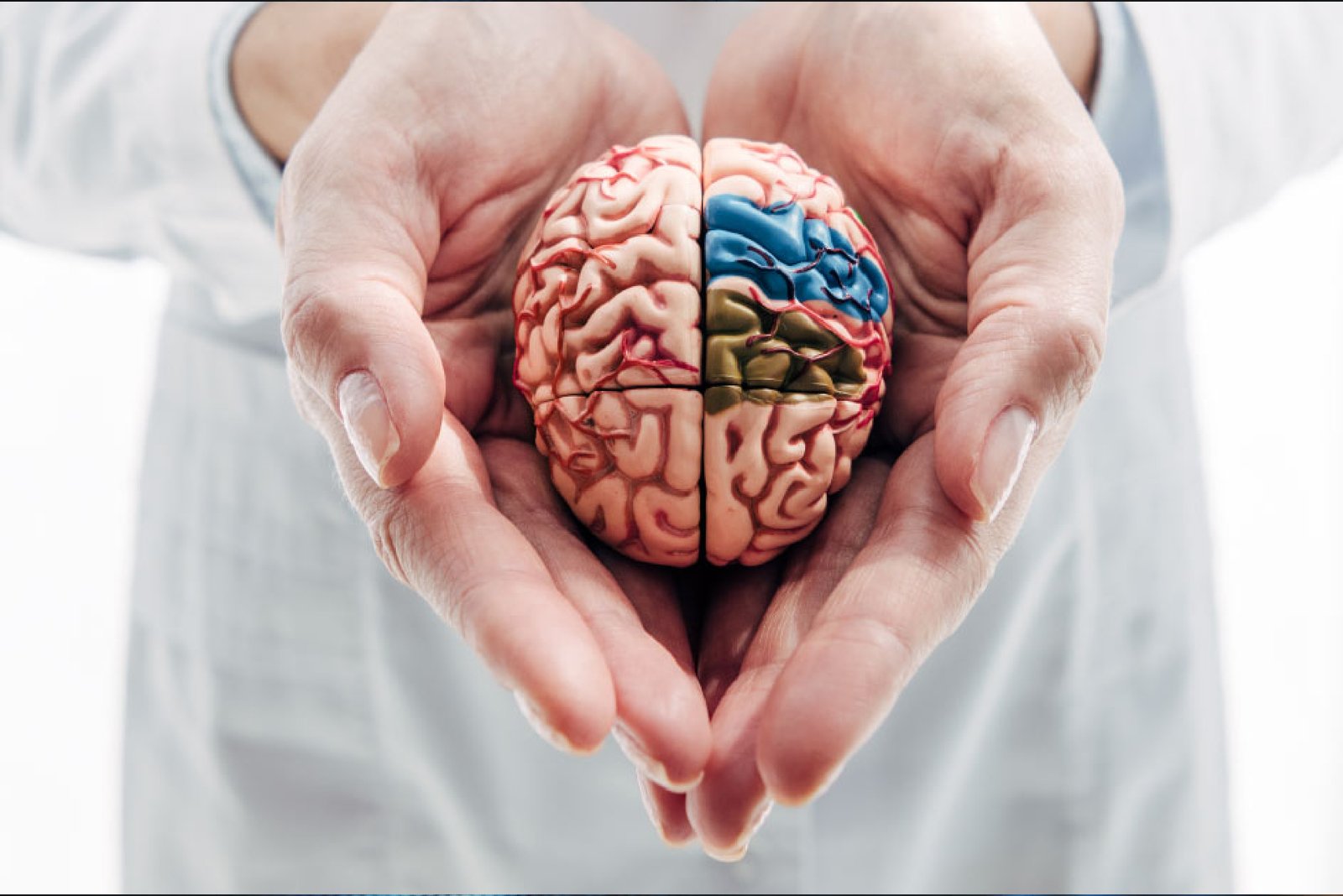Dr. Dilip S. Kiyawat, Leading Spine & Neurosurgeon in the Field of CERVICAL SPONDYLOSIS MANAGEMENT
CERVICAL SPONDYLOSIS MANAGEMENT
Cervical spondylosis is a condition characterized by wear and tear affecting the discs and joints in the cervical spine (neck). It is a common age-related condition, and while it may not always cause symptoms, it can lead to pain and discomfort in some individuals. As people age, the spinal disks in the neck shrink and bone spurs often develop. If symptoms occur, nonsurgical treatments are usually effective.
Medication
Nonsteroidal anti-inflammatory drugs (NSAIDs) Ibuprofen or
Diclofenac can help reduce pain and inflammation.
Muscle relaxants help to alleviate muscle spasms.
Pain relievers, such as acetaminophen, can be used for pain
management.
Physical Therapy
Physical therapy exercises can help improve neck strength and
flexibility.
Other therapies include- Cervical traction, heat or cold
therapy, ultrasound, and IFT (interferential therapy)
Neck Braces or Collars
In some cases, a soft or rigid neck brace may be recommended to limit neck movement and provide support.
Surgery
Surgery is usually considered when conservative measures fail or in severe cases where there is compression of the spinal cord or nerves. Surgical options may include discectomy, laminectomy, or fusion procedures.
CERVICAL SPONDYLOSIS MANAGEMENT
Bone Spurs
Overgrowth of bone (osteophytes) may develop on the edges of vertebrae, potentially narrowing the space for nerves.
Lifestyle Changes
Maintain good posture to reduce strain on the neck.
Avoid prolonged periods of sitting or standing in one position.
Use ergonomic furniture and accessories.
Corticosteroid Injections
Injections of corticosteroids may be considered for severe pain and inflammation, but these are typically used on a short-term basis.
Weight Management
Maintaining a healthy weight can reduce stress on the cervical spine.
Exercise
Regular exercise, especially neck and shoulder stretches, can help maintain flexibility and strengthen the muscles supporting the neck.






